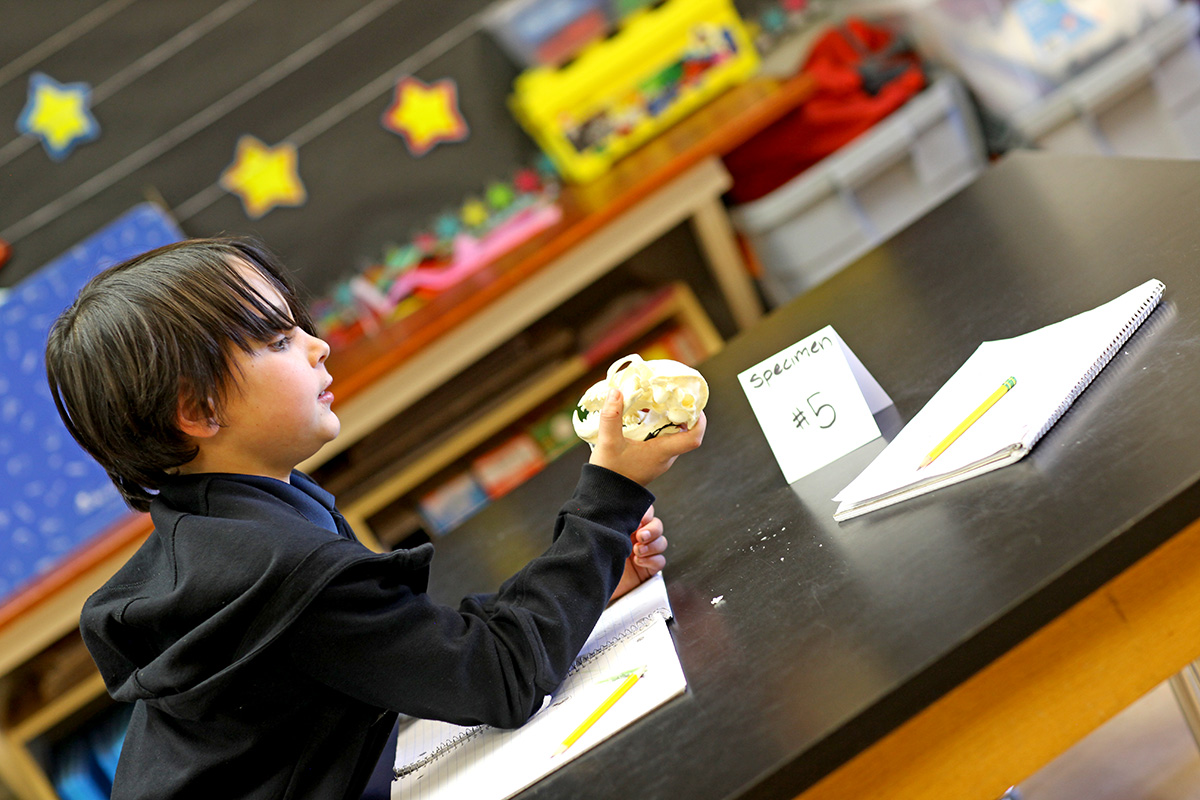
What is Responsive Classroom?
Responsive Classroom is an evidence-based approach to teaching and discipline that centers around four main goals: engaging academics, fostering a positive community, implementing effective management techniques, and providing developmentally responsive teaching. The program is founded on the belief that how children learn is as important as what they learn, and that academic success is deeply interconnected with the development of social-emotional competencies. In recognition of its commitment to promoting social-emotional learning and educational equity, the Collaborative for Academic, Social, and Emotional Learning (CASEL) has bestowed its highest designation, the CASEL SELect Program, upon Responsive Classroom.
Core Belief of Responsive Classroom
In order to be successful in and out of school, students need to learn a set of social and emotional competencies - cooperation, assertiveness, responsibility, empathy, and self-control - and a set of academic competencies - academic mindset, perseverance, learning strategies, and academic behaviors
What kind of training do teachers receive?
In schools dedicated to using the Responsive Classroom approach, educators strive to create safe, joyful, and engaging classrooms and school communities. Within this environment, students develop a sense of belonging and robust social and academic skills, benefitting from a learning approach that is attuned to their unique strengths and needs.
A Focus on Teacher Effectiveness
Responsive Classroom teachers:
- design lessons that are active and interactive.
- use effective teacher language to promote academic and social growth.
- encourage engagement by giving students meaningful choices.
- start each day in a way that sets a positive tone for learning.
- set high expectations and teach students how to meet them.
- establish routines that promote autonomy and independence.
- build a sense of community and shared purpose.
- teach students 21st century skills such as critical thinking, problem solving, communication, collaboration, creativity, and innovation.
